‘Vivid, discerning, precise’: the world’s rarest Guy Davenport Collection
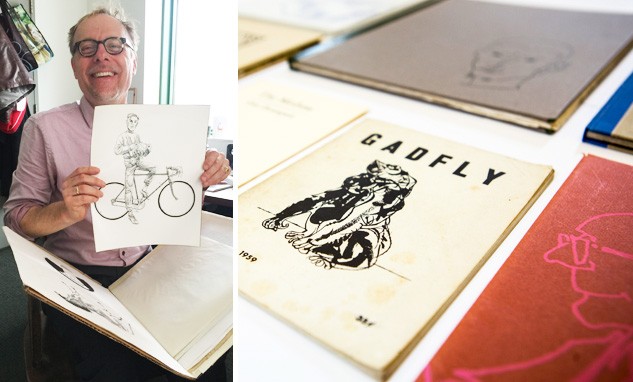 “As a stylist Davenport is breathtaking,” says Andre Furlani. | Photos by James Roach and Concordia University
“As a stylist Davenport is breathtaking,” says Andre Furlani. | Photos by James Roach and Concordia University
For Andre Furlani, chair of Concordia’s Department of English, American writer Guy Davenport was a revelation.
“His works are magnificently well-written,” says Furlani. “They’re beautifully structured, they’re very literate and very informed, and they’re filled with new information. Every one of his stories has the qualities of an engrossing lecture, although there’s nothing didactic about them.”
Now, thanks to a generous donation from American scientist George Taylor, a vast and exceedingly rare collection of Davenport’s work has a new home at the Georges P. Vanier Library on the Loyola Campus, in Concordia’s Special Collections.
"Mr. Taylor’s generosity will have an impact on countless generations of students and researchers at Concordia and beyond,” says Guylaine Beaudry, university librarian.
“His gift will not only launch many intellectual and literary journeys, it will also illuminate a path and serve as the jumping-off point for the exploration of many other classic and rare works available in our general and Special Collections,” she says.
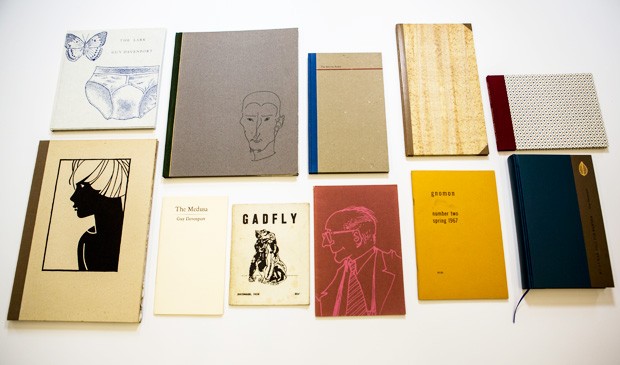
‘I felt a sudden sense of panic that this most wonderful writing might be forgotten’
Prolific by any standards, Davenport authored 47 books of fiction, commentary, poetry and translations, and more than 400 essay, articles, introductions and book reviews.
In 1990, he received a MacArthur “Genius” Fellowship for his short fiction and essays that explored connections between classical and European culture and American civilization. Before his death in 2005, at age 77, he taught English at the University of Kentucky.
Taylor first discovered Davenport’s writing while pursuing an MA in Liberal Studies at Duke University. The 40-year-old had a successful career as a chemist, but he wanted to expand his education.
“For the first time I was exposed, and at the post-graduate level, to ideas in philosophy, psychology, music theory, history, and critical theory,” he remembers.
The first Davenport book he owned was Archilochos, Sappho, Alkman: Three Lyric Poets of the Seventh Century B.C. (University of California Press, 1984).
Davenport’s translations of the Greek Bronze Age poets were like nothing he had read before. “The introduction alone is worth the price of the book,” he says.
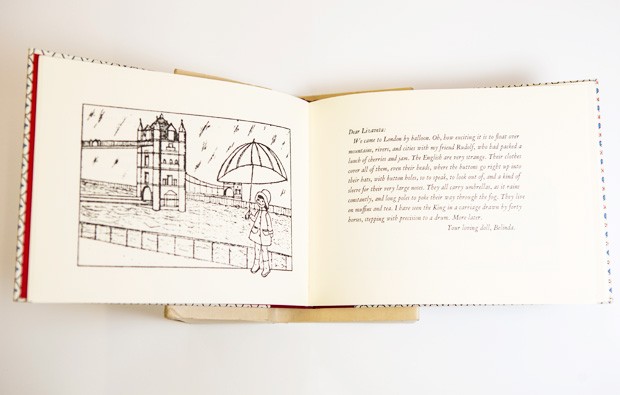
When he retired eight years ago, Taylor found himself with more time to delve into Davenport’s work, which, he says, “felt like the sun coming out from behind a cloud on a rainy day.”
Taylor’s love for the rich and complex world woven by Davenport also translated into a fear that such a literary great might be forgotten one day.
“I realized that there was more than a sardonic joke behind his statement that he was sure he had at least 18 readers,” says Taylor. “I felt a sudden sense of panic that this most wonderful writing might be forgotten.”
His concerns materialized in a relentless determination to collect and preserve these rare works for future generations. Essentially, he became a Davenport bibliophile.
Taylor bought books, some in editions as small as 10, bartered, arranged swaps, met with people who knew others with copies of books he wanted — and with the determination of a detective, hunted rare book sources on the internet for years.
The collection he donated to Concordia includes around 100 books and periodicals written or illustrated by or about the American writer, scholar and illustrator.
It’s a trove that Alexandra Mills, Special Collections archivist at Concordia, insists could not be compiled today.
“Many of these are particularly rare, having been published in limited editions,” she says. “Most books in the collection are first editions. Many are also signed by Davenport and several were even hand-printed on specialty paper or were hand-bound.”
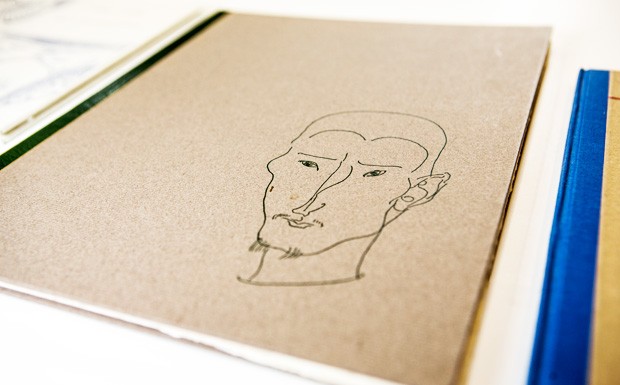
The Furlani connection
Furlani discovered Davenport’s works, such as Da Vinci’s Bicycle (1979), while pursuing his doctorate at the University of Toronto.
Davenport had been invited to deliver the Alexander Lectures, later published as Objects on a Table: Harmonious Disarray in Art and Literature (1999).
Furlani recognized the visiting writer’s unique ability to combine scholarship, art, history and invention in ways that drew both from Classical antiquity and from the great moderns — James Joyce, Virginia Woolf and Ezra Pound.
“He was like nothing I had read in American literature in the past 20 years,” Furlani says. “While his subject matter can at times be abstruse, his writing is pellucidly clear. It is vivid, discerning, precise. As a stylist he was breathtaking.”
With Concordia’s support, Furlani was able to visit Davenport several times at his home in Lexington, Kentucky prior to his death in 2005, while preparing a book and several articles on his writings.
Furlani describes Davenport as one of the most obliging, gracious and engrossing Southerners imaginable. “He was a polymath literary scholar who read Calvin and Hobbes as well as Homer,” he says. “He never learned to drive and so converted his garage into an airy studio.
“Once, while he was feeding the neighbourhood badger,” Furlani recalls, “he explained to me how he assembled his own elegant desks, each dedicated to a different function: one to write in longhand, one to type at, a third for mundane tasks and a fourth for sketching.”
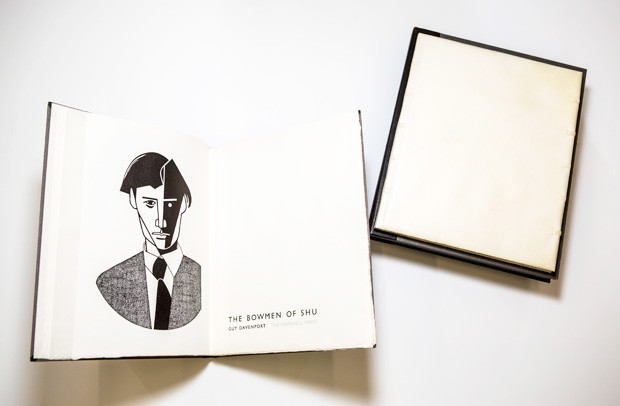
The power of literary canons
After learning about Furlani, Taylor — who has written a humanities dissertation on the social forces that determine the availability of literary works, and their prestige — decided that the professor, and Concordia, would play a key role in his plans for the Davenport Collection.
“The two forces that always apply are someone or some organization that brings a work to the attention of readers over time, and secondly, the works must remain available,” says Taylor.
“A professor at a university who has an interest in a writer and teaches the writer to new students who pass the interest along over time to others is ideal for the first force, and I knew Andre Furlani had that interest,” he says.
“I could provide the second by establishing a secure archive."
Furlani, who refers to the Davenport Collection as the world’s finest, says Taylor’s generous gift to Concordia means it will remain accessible to readers and scholars for future study.
Access to the collection
The collection is available for consultation in the Special Collections Reading Room, located in Room VL-121 at the Vanier Library on the Loyola Campus.
As is the case for all items in the university’s Special Collections, the Davenport Collection is accessible to all members of the Concordia community and external users interested in the work of this important American author.
Since this is a special collection, items are not available on loan. Once catalogued, it will be available to researchers in the library catalogue.
Find out more about Special Collections, which supports the research needs of the Concordia community by providing its members with access to vibrant primary- and secondary-source materials.


